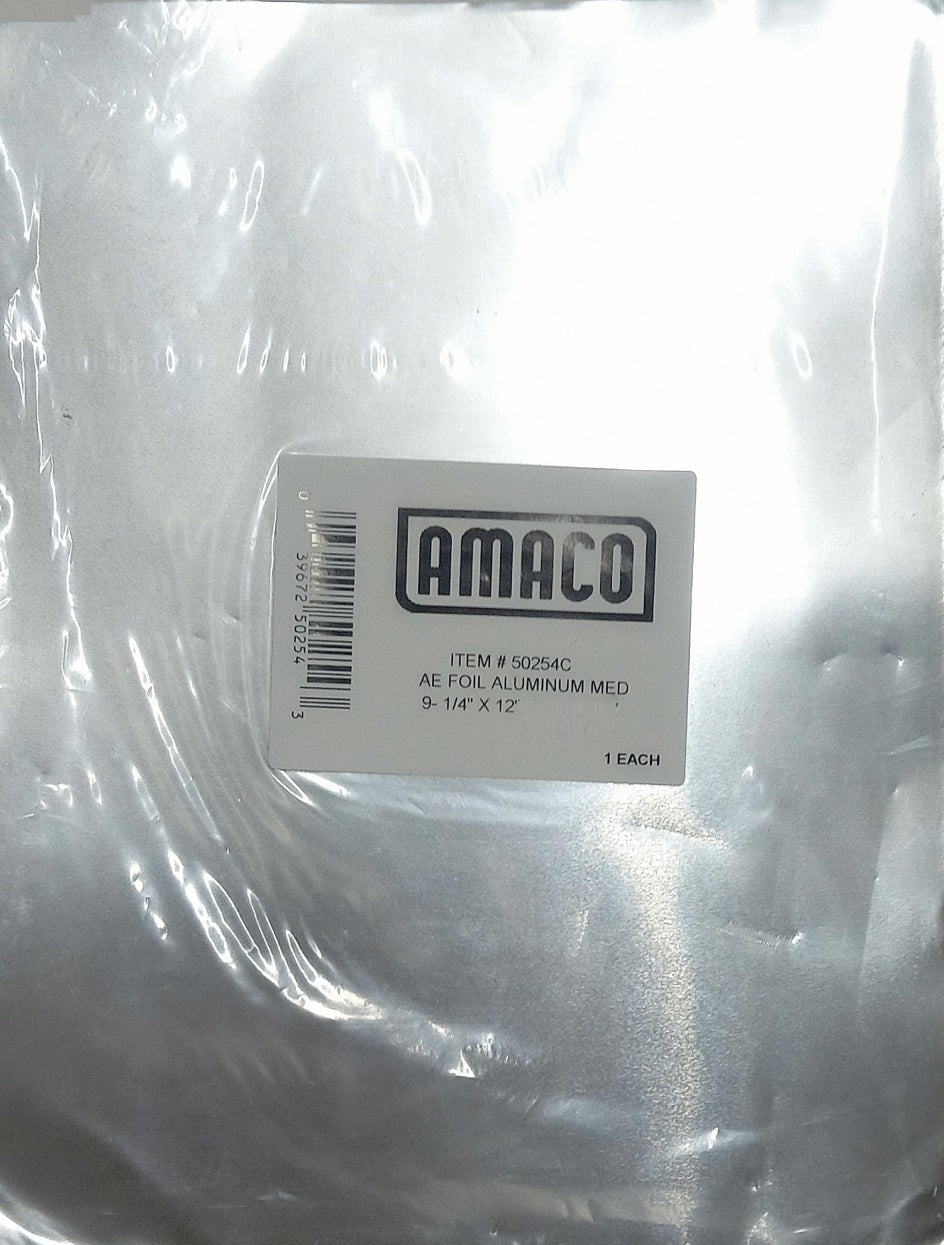Learn with us: Exploring Batik
Greetings Krafters!
This month, we’re excited to explore the beautiful world of Batik — a traditional resist-dyeing technique that transforms wax, dye, and a little patience into something truly magical.
Batik is a centuries-old resist-dyeing technique where wax is applied to fabric to create intricate patterns before dyeing. The word batik comes from the Javanese roots amba or bat (“to write” or “to draw”) and tik or titik (“dots”). Today, the term is used both for the technique itself and for the beautiful textiles created with it.
We know Batik can seem a little daunting at first, so we’ve created something to make it easier. Our Batik for Beginners Resource is now ready to download — it’s full of clear, approachable guidance to help you build confidence and start creating your own beautiful, one-of-a-kind pieces.
Whether you’re trying Batik for the first time or adding it to your repertoire, join us on this journey and see where wax and dye can take your creativity.
WHAT IS BATIK?
Batik is a wax-resist dyeing technique, where hot wax is applied to fabric to create patterns before the cloth is dyed. The term batik can also refer to the textiles produced by this method. Batik, originates from the Javanese words amba or bat (to write or to draw) and tik or titik (dots).
Batik is most strongly associated with Java, Indonesia, particularly the fine lines and dots created with a canting (pronounced tjanting) tool. While resist-dyeing techniques have appeared in many parts of the world — including India, China, Japan, Thailand, West Africa, and Europe — Batik as we know it today flourished on the island of Java. By the 16th century, Javanese artisans were creating intricate and symbolic patterns, and the invention of the canting allowed for highly elaborate designs and storytelling through cloth.
Traditionally, Batik fabric held deep cultural significance. It was worn for ceremonies and everyday dress, often as part of the kebaya outfit, or sold in 2.25 metre lengths to be used as sarongs (kain panjang). Batik cloth could also be fashioned into a blangkon, a traditional Javanese cap. Patterns, symbols, and colours often indicated a person’s origin, status, or social class, making Batik an important marker of identity.
As trade expanded, Batik spread across the world and inspired adaptations. Wooden blocks, pigments, and later silk-screen methods were developed to replicate the look more quickly. In Malaysia, the invention of the cap (a copper block stamp) in the 19th century revolutionised production by allowing long, complex designs to be applied in one press.
Today, when people think of Batik, they often picture the hand-drawn Javanese style with its fine wax lines. However, Batik has many regional traditions — including Inland (Pedalaman) and Coastal (Pesisir) Javanese Batik, as well as forms from Bali, Sumatra, Malaysia, India, Sri Lanka, and Africa. Contemporary Batik often blends traditional tools like cantings and caps with brushes and modern techniques, contributing to the rich diversity and global appeal of this textile art.
TYPES OF BATIK
There are many styles of batik, but here are three of the most common you’ll come across:
- Batik Tulis – drawn by hand using a tjanting tool.
- Batik Cap – stamped using carved copper or wooden blocks.
- Batik Lukis – painted directly onto fabric.

Look closely and you’ll notice batik often features:
✨ Crackling effects where the dye seeps into small breaks in the wax.
✨ Layers of colour built up over time.
✨ A “negative space” style, where designs emerge from what’s left undyed.
TOOLS AND MATERIALS (THE ESSENTIALS)
Batik doesn’t require a lot to get started! Here are the basics:
- Fabric – natural fibres like cotton, linen, or silk.
- Wax – often a blend of beeswax and paraffin.
- Tools to apply wax – a tjanting (for fine lines) or a brush (for larger areas).
- Dye – cold water dyes like Procion are ideal.
- Frame – to keep fabric stretched while working.
- Iron & absorbent paper – to remove the wax when you’re finished.
(For a complete toolkit with detailed notes, keep an eye out for our Beginner’s Guide to Batik resource coming soon!)

TIPS FOR BEGINNERS
- Test first – try your wax flow on a scrap piece of fabric before working on your main design.
- Start simple – lines, dots, and small shapes will give you a feel for the process.
-
Take it slow – patience and steady movements make all the difference.
BATIK IN 5 EASY STEPS
- Melt your wax – gently heat it in a pot or wax pot (avoid letting it smoke).
- Prepare your fabric – stretch it on a frame or lay it on greaseproof paper.
- Wax your design – use a tjanting for fine lines or a brush for bigger areas.
- Add colour – start light, then layer with wax + more colours (paint or dip-dye).
- Finish up – cure for 24 hrs, iron out the wax between paper, then wash in hot soapy water.
✨ Tip: Wherever you put wax, the colour underneath stays safe. Everywhere else blends into new shades!
For more detailed instructions, you can find them here.
READY TO TRY?
We’ll be experimenting with batik ourselves this month, and we’d love for you to join us! Whether you start with one of our Batik Kits or gather your own materials, this is a fantastic technique to explore.
Don't forget to check out our free resource, Batik for Beginners!
If you give it a go, don’t forget to share your results with us — tag @kraftkolour so we can admire your creations!




